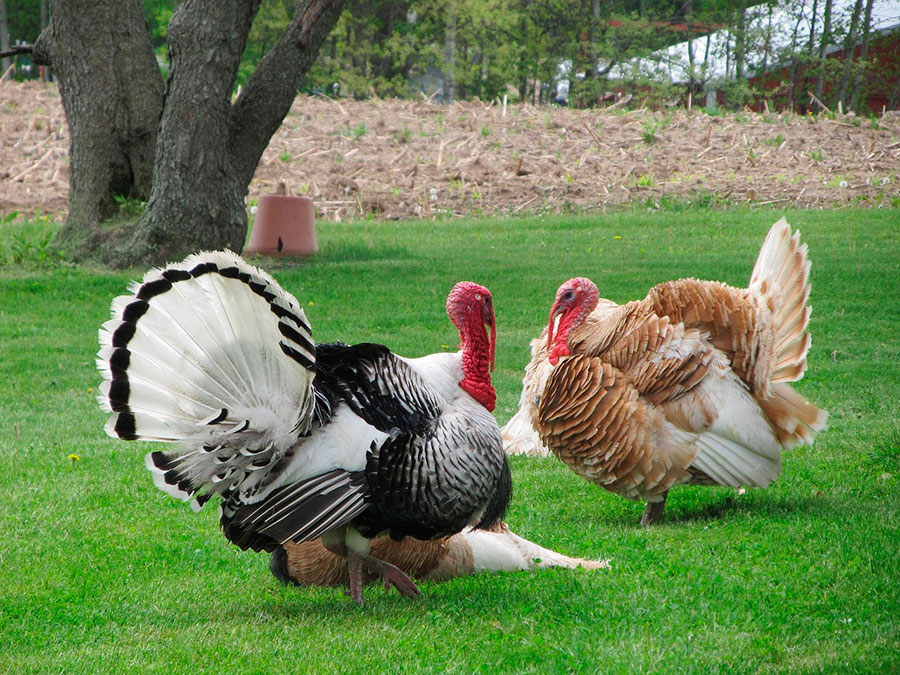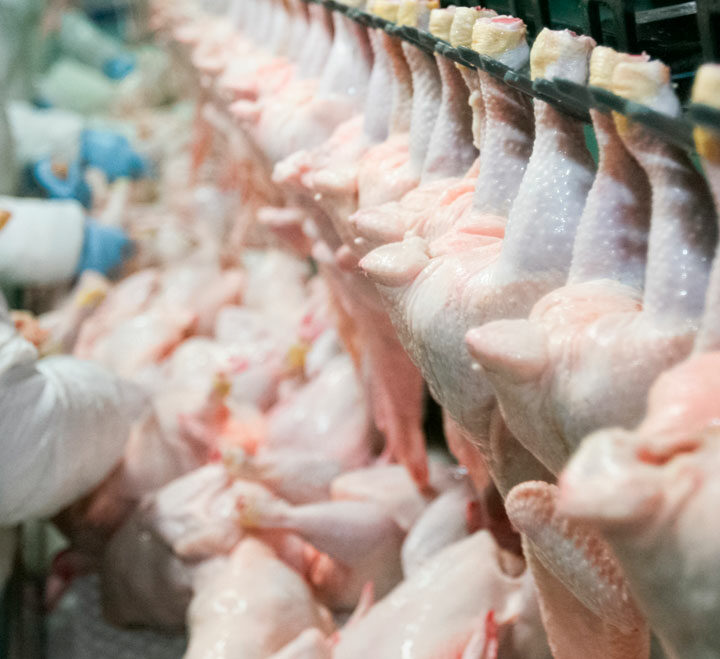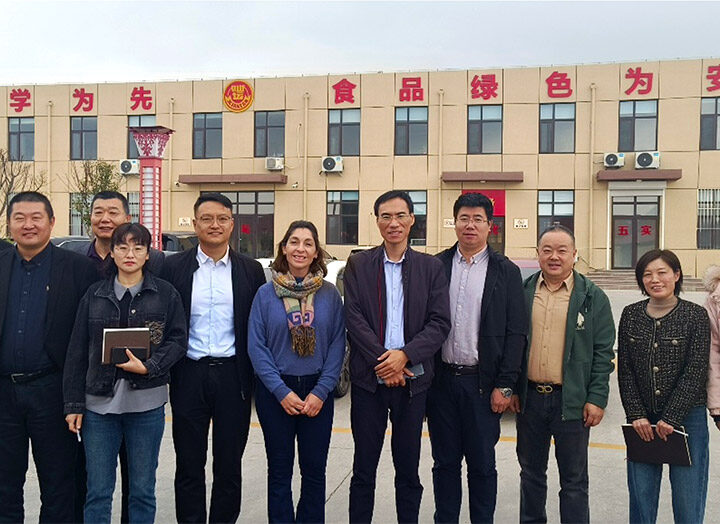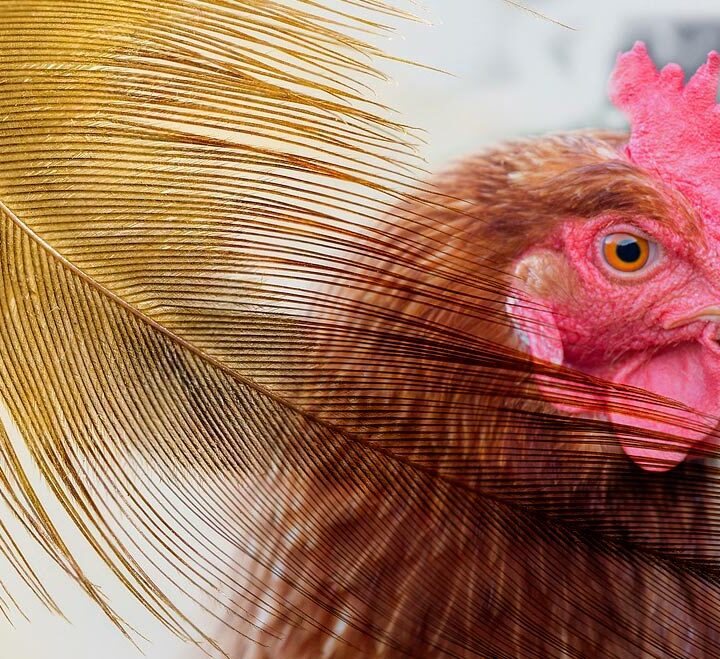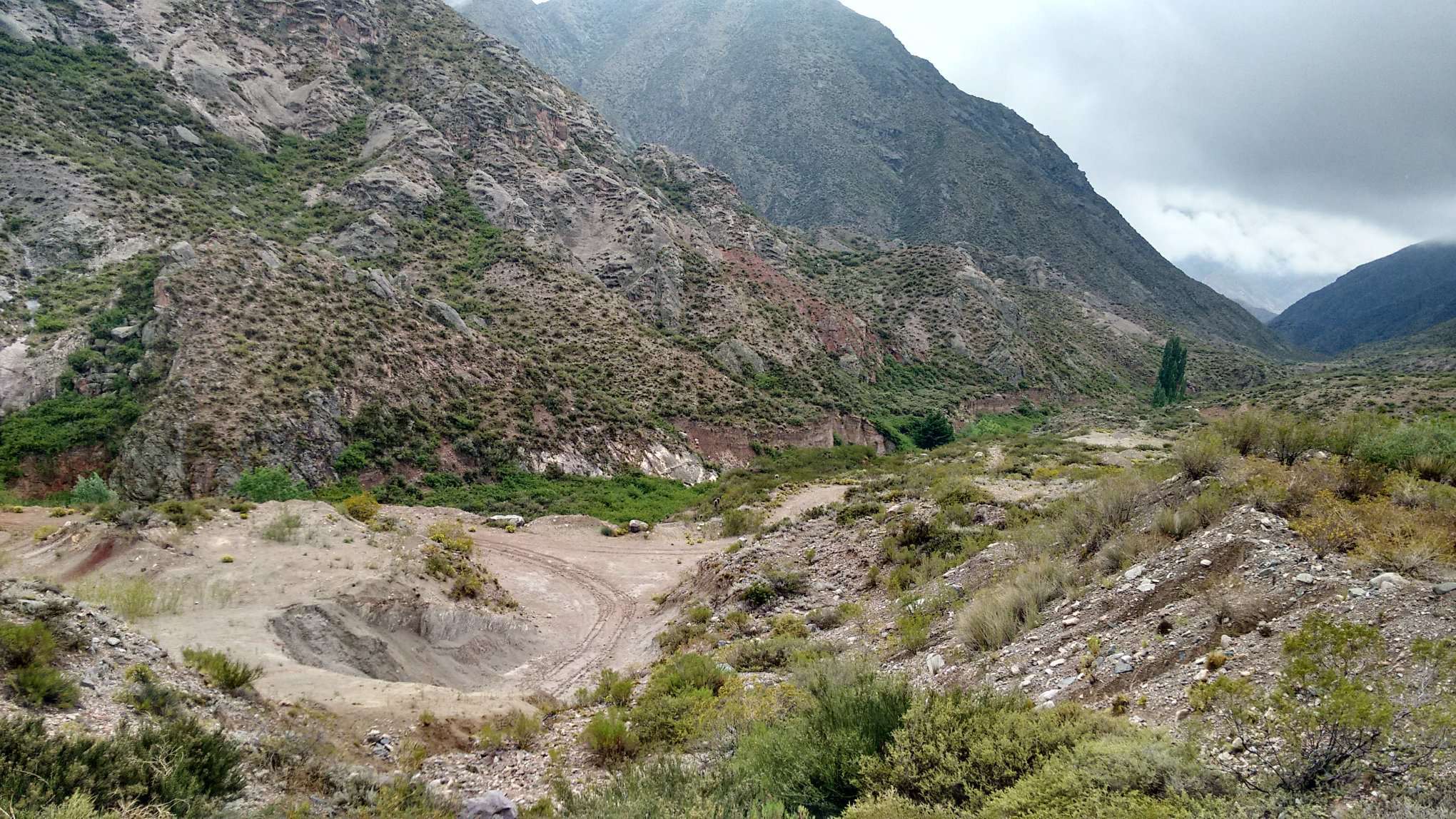
POLYSILICOL
10 de January de 2023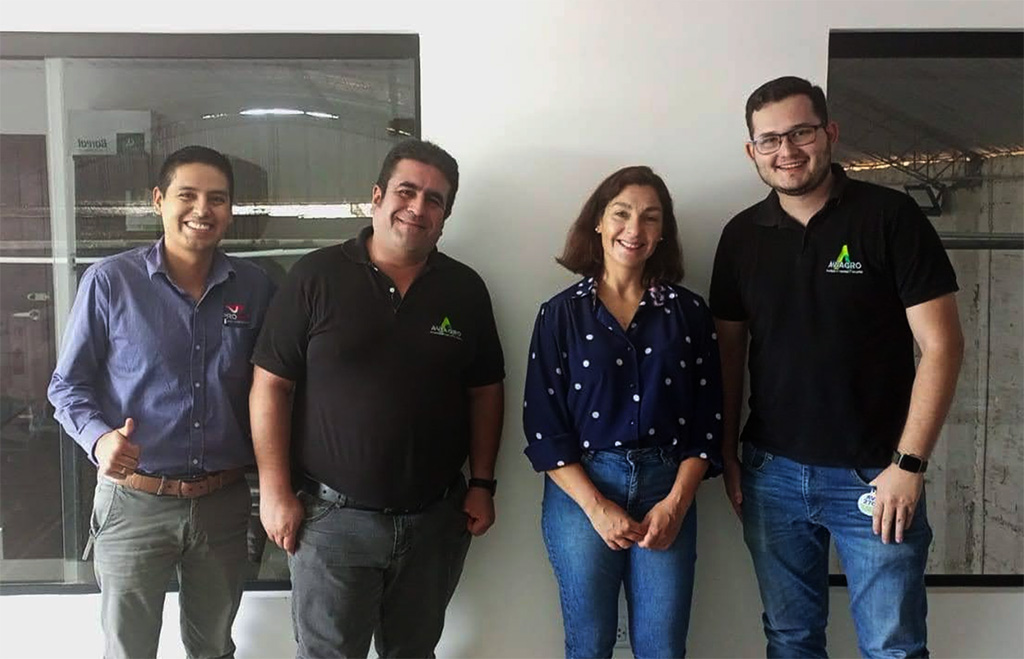
Minervet visits its clients in Bolivia
17 de March de 2023In recent years, the genetic progress of the turkey has been characterised by selection pressure to improve feed conversion and achieve higher live weights, with great emphasis on the most common cut of the turkey, the breast.
One of the aspects that may stimulate producers to opt for turkey production is the higher carcass yield compared to chickens, but the great challenge for the industry is to be able to market the dark meats of the turkey (mainly the legs).
Turkey meat in Latin America has been gradually incorporated as a product in the diet of consumers due to its low-fat content, low cholesterol level, and high protein value, which are essential elements of a healthy diet. Despite the beneficial characteristics of this product, its consumption is still low in the region compared to developed countries (Mercados y negocios 2011).
In 2019, at least 28.24 million turkeys were produced in Latin America. Brazil is the largest producer with 13 million turkeys, representing46% of the total amount of birds produced in the region.
The countries producing the most turkeys behind Brazil include Peru (5.43 million turkeys), Chile (6.05 million), Ecuador (1.33 million), Mexico (1.18 million) as well as Bolivia and Colombia (each with 400,000 turkeys produced in 2019). Venezuela and Costa Rica are also part of the turkey industry, but to a considerably lesser extent (350,000 birds and 100,000 birds, respectively) (Burgos Alvarado, C. 2020).
Most of the turkey meat is exported to different markets such as Mexico, the USA, and the European Union. The production of cold cuts (hams, sausages, etc.) is intended for domestic consumption.
Nutritional factors in turkey farming are especially important and can limit production, for example:
High-energy diets strongly affect the cost of production.
On average, the cost of a turkey diet is 6% higher than that of broilers and this difference may be even greater in those countries which are not grain producers. In their case, alternative sources of energy and/or fat utilization improvers as well as excellent intestinal health must be sought, (Castillo, Rodrigo 2016).
The biggest turkey-producing companies in Latin American countries from 1 to 9 are:
Brazil
Various Brazilian companies are responsible for more than 70% of the turkey production in Latin America, ranking as the third largest companies in chicken production worldwide, with 7 million turkeys raised in 2019. The figure represents a reduction of more than 70% in turkey production, which in 2018 reported the slaughter of 25 million of these birds.
Peru
It ranks second in turkey production in the region, with 4.5 million of these birds slaughtered in 2019, which represents an increase of 12.5% over 2018 when 4 million turkeys were slaughtered.
In addition, it is also the largest chicken producer in Peru, ranking third in chicken production in Latin America. It is also the third-largest Peruvian egg company.
Chile
The fourth largest producer with the slaughter of 4.3 million turkeys in 2019. The figure represents a drop of 46.25% around 2018 when they produced 8 million turkeys and occupied the second place in this ranking.
Ecuador
Ecuador ranks fifth with 800,000 turkeys produced in 2019, similar to 2018.; it is also Ecuador’s largest chicken producer, with 71.8 million chickens slaughtered in 2019.
Mexico
With 600,000 turkeys raised in 2019, the company is the largest turkey producer in Mexico, sixth in the ranking. Its production was similar to that of 2018.
Bolivia
In seventh place (tied with the following companies in the quantity of production), there is a single company from Bolivia, with 400,000 turkeys slaughtered in 2019. It is also the largest chicken producer company in Bolivia, with 54.6 million of these birds slaughtered in 2019.
Colombia
There is only one Colombian company in the ranking that also occupies the seventh position with 400,000 turkeys slaughtered in 2019, a similar figure to 2018. It is also among the top 10 egg producers in Colombia, with 800,000 laying hens in production in 2019.
Venezuela
The only Venezuelan company in the ranking, which occupies the same position as Colombia and Bolivia, raised 400,000 turkeys in 2019. The company experienced a production decline of 42.9% compared to 2018 when it produced 700,000 turkeys (Burgos Alvarado, C. 2020).
Argentina
Production in Argentina is low. The country mainly imports from Brazil -75%- and Chile -22%-. One of the few enterprises is in the province of Córdoba, where a family company markets turkey meat. The INTA of Pergamino promotes the production of white turkey.
Author: Vet. Germán González
Bibliographic references
- Mercados y negocios (2011) La carne de pavo un mercado potencial en Latinoamérica. News and analysis for the global poultry industry. https://www.wattagnet.com/articles/21441-la-carne-de-pavo-un-mercado-potencial-en-latinoamerica
- Castillo,Rodrigo (2016) Producción de pavos comerciales y desafíos sanitarios de mayor frecuencia en Latinoamérica .Revista aviNews América Latina.
- Burgos Alvarado, C. (2020) Los 13 mayores productores de pavos en Latinoamérica. Revista: Producción Avícola, 2022. https://www.industriaavicola.net/empresas-lideres/los-13-mayores-productores-de-pavo-en-latinoamerica/

